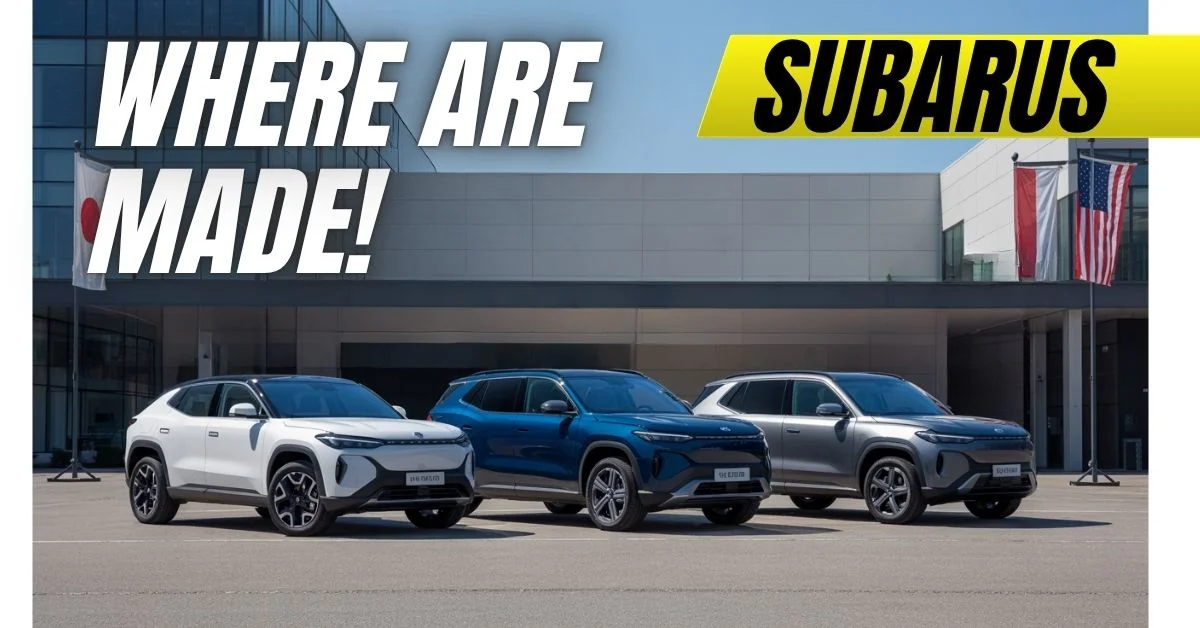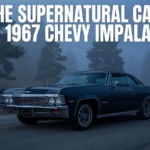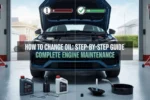The automotive industry has witnessed remarkable globalization over the past few decades, with manufacturers establishing production facilities across multiple continents. For Subaru enthusiasts and potential buyers, understanding where are Subarus made provides valuable insight into the brand’s quality standards, manufacturing processes, and global footprint. This comprehensive guide explores Subaru’s manufacturing operations, revealing the fascinating story behind one of the automotive world’s most beloved brands.
The Heart of Subaru: Japanese Manufacturing Excellence
Primary Production in Japan
When asking where are Subarus made, the answer begins in Japan, the birthplace of the brand. Subaru Corporation, formerly known as Fuji Heavy Industries, operates its main manufacturing facilities in Gunma Prefecture, approximately 100 kilometers northwest of Tokyo. This region has been the epicenter of Subaru production since the company began automobile manufacturing in the 1950s.
The Japanese facilities include:
- Yajima Plant: The main production facility handling body assembly, painting, and final assembly
- Otakita Plant: Specializes in engine and transmission manufacturing
- Oizumi Plant: Focuses on chassis components and parts production
These plants embody the Japanese philosophy of “Kaizen” (continuous improvement), ensuring that every vehicle meets Subaru’s stringent quality standards. The craftsmanship and attention to detail at these facilities have established Subaru’s reputation for reliability and durability.
Japanese-Made Models
Most Subaru models sold globally originate from Japanese facilities, including:
- Subaru WRX and WRX STI
- Subaru BRZ
- Subaru Levorg
- Various export versions of popular models
Subaru’s American Manufacturing Presence
Subaru of Indiana Automotive (SIA)
Understanding where are Subarus made requires recognizing Subaru’s significant American manufacturing footprint. Subaru of Indiana Automotive (SIA), located in Lafayette, Indiana, represents one of the most successful Japanese automotive operations in North America. Established in 1989, this facility has become a cornerstone of Subaru’s global production strategy.
The Indiana plant produces vehicles specifically for the North American market, including:
- Subaru Outback: The brand’s popular crossover wagon
- Subaru Legacy: The midsize sedan offering
- Subaru Ascent: The three-row family SUV
- Subaru Impreza: The compact car (certain configurations)
| Manufacturing Location | Models Produced | Annual Capacity | Year Established |
| Gunma, Japan | WRX, BRZ, Crosstrek, Forester | ~600,000 units | 1950s |
| Lafayette, Indiana, USA | Outback, Legacy, Ascent, Impreza | ~400,000 units | 1989 |
Environmental Leadership
SIA has achieved remarkable environmental milestones, becoming the first automotive assembly plant in the United States to achieve zero-landfill status. The facility operates as a zero-landfill facility, recycling or finding alternative uses for all waste materials. This commitment to sustainability aligns perfectly with Subaru’s brand values and appeals to environmentally conscious consumers.
Global Distribution Network
How Manufacturing Location Affects Your Purchase
When consumers inquire where are Subarus made, they’re often concerned about quality differences between manufacturing locations. Subaru maintains identical quality standards across all facilities, implementing the same rigorous inspection processes and training protocols. Whether your Subaru comes from Japan or Indiana, you can expect the same legendary reliability and performance.
Regional Market Considerations
The manufacturing location often depends on your regional market:
- North American customers: Primarily receive vehicles from the Indiana facility, with some models imported from Japan
- European customers: Typically receive Japanese-manufactured vehicles
- Asian markets: Exclusively supplied by Japanese production facilities
- Australian market: Receives vehicles from both Japanese and American plants
The Manufacturing Process: Quality Across Borders
Shared Technology and Standards
Regardless of where are Subarus made, the company employs identical manufacturing technologies and processes. Both facilities utilize:
- Advanced robotics for precise assembly
- Stringent quality control checkpoints
- Identical training programs for workers
- The same supplier network for critical components
- Subaru’s signature Boxer engine technology
Component Sourcing
Subaru maintains a complex global supply chain, with components sourced from various countries. However, critical elements like the Boxer engine and Symmetrical All-Wheel Drive system are manufactured according to strict Subaru specifications, ensuring consistency regardless of final assembly location.
Future Manufacturing Plans
Expanding Production Capacity
As Subaru continues experiencing strong global demand, the company has invested heavily in expanding manufacturing capabilities. Recent developments include:
- Modernization of Japanese facilities with Industry 4.0 technologies
- Capacity increases at the Indiana plant to meet growing American demand
- Enhanced automation while maintaining quality-focused human oversight
- Investment in electric vehicle production capabilities
Electric Vehicle Manufacturing
Subaru has announced plans to integrate electric vehicle production into existing facilities, with the first all-electric Subaru SUV, the Solterra, being produced through a partnership with Toyota. This strategic move demonstrates Subaru’s commitment to evolving with automotive industry trends while maintaining manufacturing excellence.

What This Means for Consumers?
Quality Assurance
When considering where are Subarus made, consumers can rest assured that location doesn’t compromise quality. Subaru’s global quality standards ensure that whether your vehicle rolls off the line in Gunma or Lafayette, it represents the same commitment to safety, reliability, and performance that has defined the brand for decades.
Warranty and Support
All Subarus, regardless of manufacturing origin, come with the same comprehensive warranty coverage and have access to Subaru’s extensive dealer network for service and support.
Resale Value
Manufacturing location has minimal impact on Subaru resale values. The brand’s overall reputation for reliability and the consistent quality across manufacturing sites mean that consumers don’t differentiate significantly between Japanese and American-built models in the used car market.
Conclusion
Subaru’s global manufacturing showcases a blend of quality, sustainability, and innovation. Whether built in Gunma, Japan, or Lafayette, Indiana, every Subaru reflects the same commitment to safety, reliability, and craftsmanship. As the brand moves toward electrification and greener production, its core values remain unchanged—delivering vehicles that inspire confidence and uphold Subaru’s trusted reputation. No matter where it’s made, every Subaru carries the same promise of “confidence in motion.”
Frequently Asked Questions
Are Japanese-made Subarus better quality than American-made ones?
No, Subaru maintains identical quality standards across all manufacturing facilities. Both Japanese and American plants follow the same processes, use the same technologies, and undergo the same rigorous inspections.
How can I tell where my Subaru was manufactured?
Check the Vehicle Identification Number (VIN) on your Subaru. If it starts with “JF1” or “JF2,” it was made in Japan. If it starts with “4S3” or “4S4,” it was manufactured in the United States.
Will my Subaru warranty differ based on where it was made?
No, all Subarus sold in a particular market come with the same warranty coverage, regardless of manufacturing location.
Are all Subaru engines made in Japan?
While Subaru’s signature Boxer engines are designed in Japan, some engines for North American models are manufactured at the Indiana facility using Japanese technology and specifications.
Does manufacturing location affect delivery times?
Yes, vehicles manufactured closer to your market typically have shorter delivery times. North American customers usually receive Indiana-built models faster than Japanese imports.










